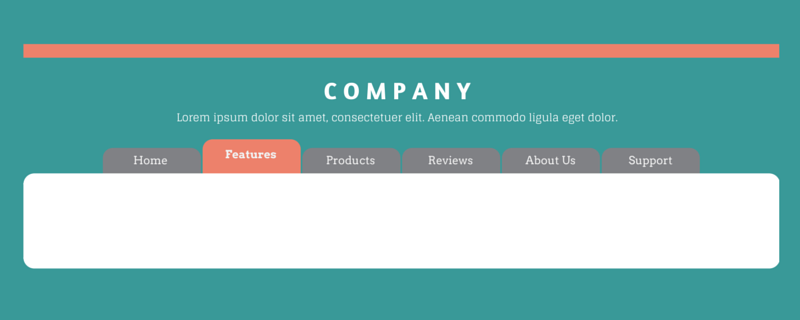BLOG
5 Elements of the Perfect Website Design
In a digital age, Web presence is more important than ever. Even if you don’t sell products or services online, your website is the place that the majority of your customers will go to find information about your company. Once upon a time having a basic homepage with contact information was enough, but today that is no longer sufficient.
You must step up your game and create an attractive, engaging site that sets you apart from your competition. While there is no perfect website design that works for every company, there are a number of common components that you find in many successful websites, including the following five elements.
Usability or navigation
Nothing sends customers away more quickly than confusing or complicated website navigation. Customers should be able to find what they need when they need it without having any have trouble figuring out where they are on the site. Make choices easy with drop down menus or other streamlined navigation. The navigation bar or menu should look the same and be located in the same place on every page of your site. You should also have easily accessible “about us” and “contact” pages so that users don’t have trouble learning more about your company and getting in touch with you. Consider adding an email form to the contact page, eliminating the hassle of copying and pasting email addresses.

Up to date
The only thing that can send customers away more quickly than poor usability or navigation is an outdated website. If your latest product updates are from six months ago or no one has updated the blog in a year, users will assume that your business is no longer very active. You also want to make sure that your website reflects the most current Web practices. For example, the layout that you purchased ten years ago mostly likely looks dated now, and is unlikely to be a responsive design that is suitable for mobile devices.
Finally, professional modern websites have fast load times. In a digital age where more and more users are accessing websites on smartphones and tablets, load time is critical for success. Ideally, your pages should load in two seconds or less. Set up regular dates to review your website and make changes as needed so that you never leave outdated contact information or broken links sitting for too long.
Consistent
You want customers to recognise your brand online instantly, which means using the same design elements across your digital and traditional promotional materials. From the website background to the colour schemes to the images, your website should have a consistent aesthetic. Use a colour palette that fits with the purpose of your company and select photos and other graphics that all look as though they came from the same place. You should also select your fonts with care. While you can use multiple fonts, make sure that different fonts and font sizes still add to the overall consistency and don’t become visually distracting.

High quality, relevant images and videos
Humans are visual creatures. 90 percent of the information that is transmitted to your brain is visual. The brain processes visuals 60,000 times faster than text. Visual content also drives user engagement. A mere month after Facebook introduced the timeline feature for brands, companies saw a 65 percent increase in engagement with their visual content. Take care to select high quality photographs, other images (i.e., infographics), and videos that relate to the content and that are consistent with your brand. Do you sell products through your website? Each product should be accompanied with at least one attractive photo.
Clear contact information
It is incredibly frustrating to have a question and not be able to figure out how to reach anyone in an organisation to get it answered. The sleekest navigation and best website theme don’t work if customers can’t actually figure out how to contact your company. Customers shouldn’t have to spend time searching for a phone number or email address. In addition to email addresses, make sure to list a mailing address, a phone number, and a fax number. Displaying all of this contact information in a prominent place establishes credibility and, ultimately closes more sales.
It is easy to get so entrenched in your own website design that you have a hard time evaluating it properly. When you’ve poured hours of time and energy into every aspect of it, how could anything not be working well? Bring in outside help to analyse each of these elements of perfect website design to determine whether or not you need to make changes.











